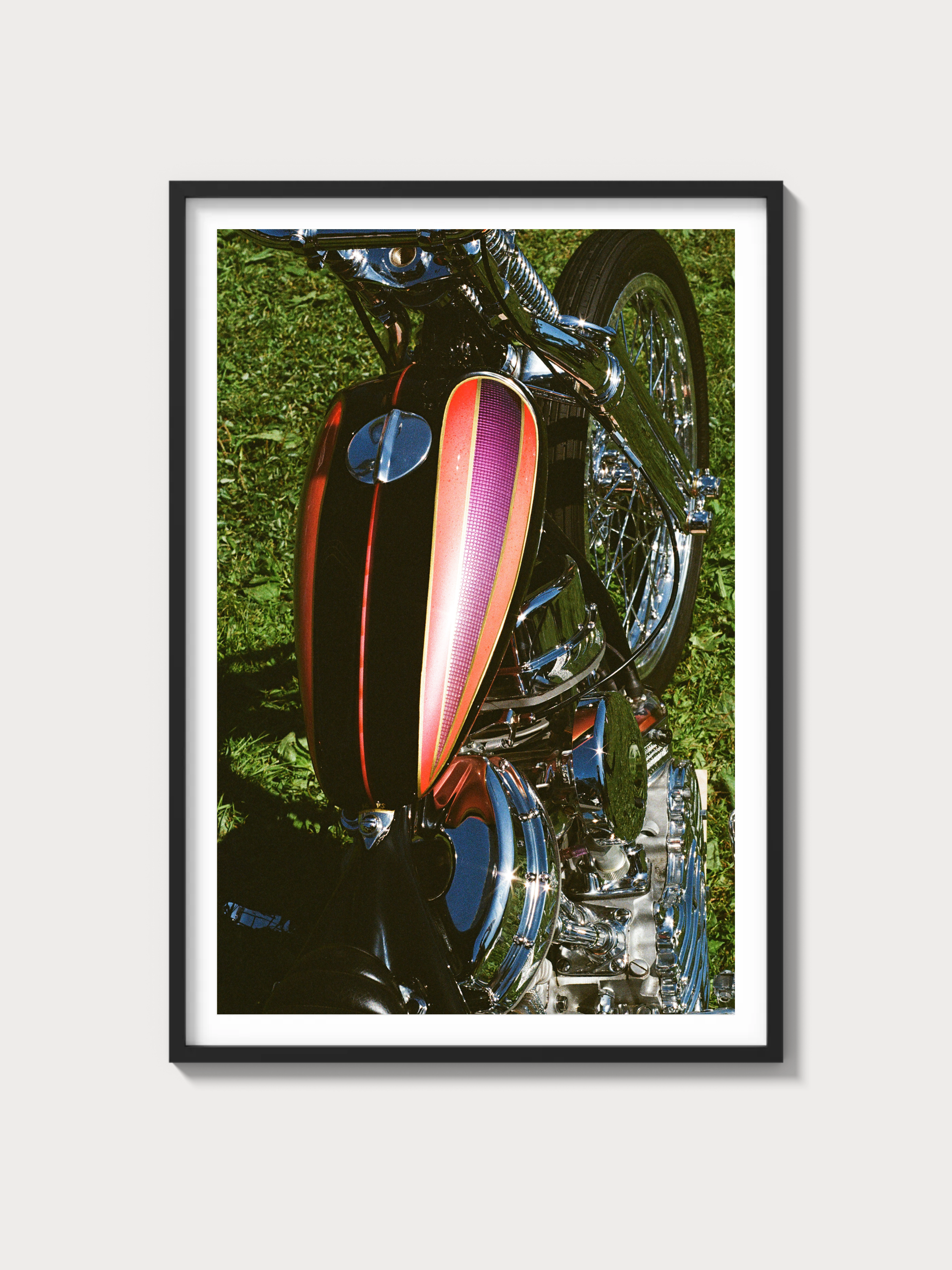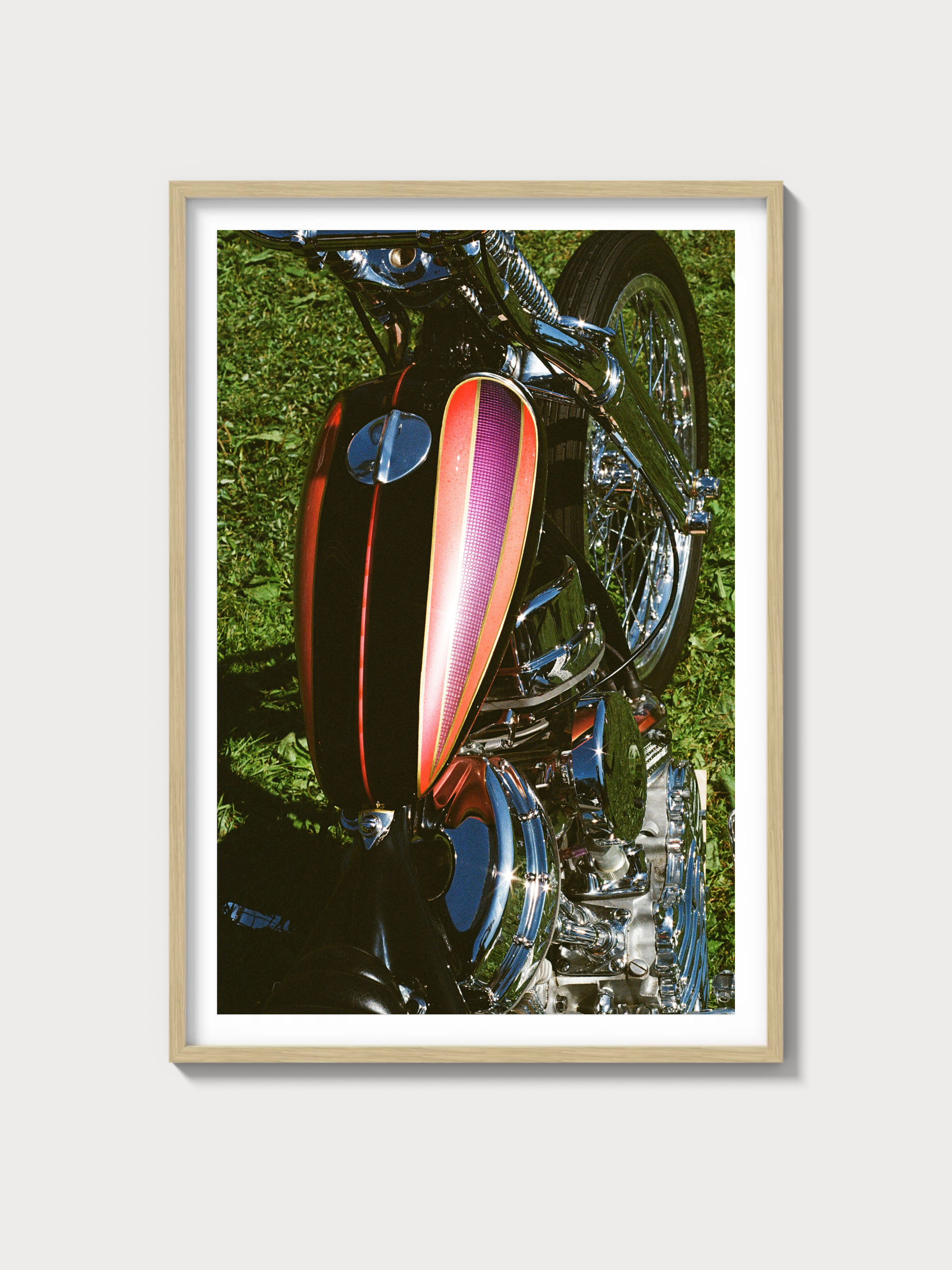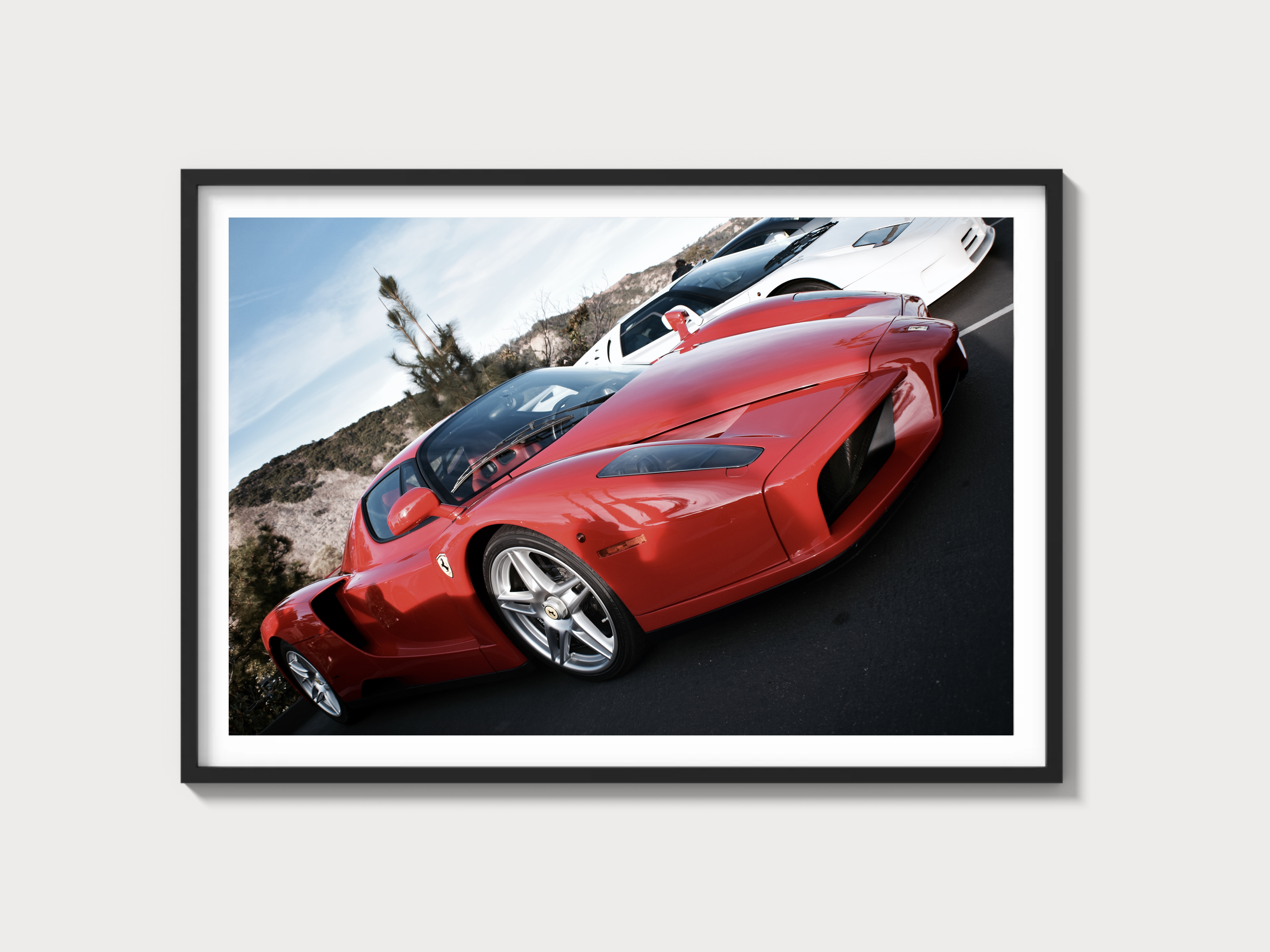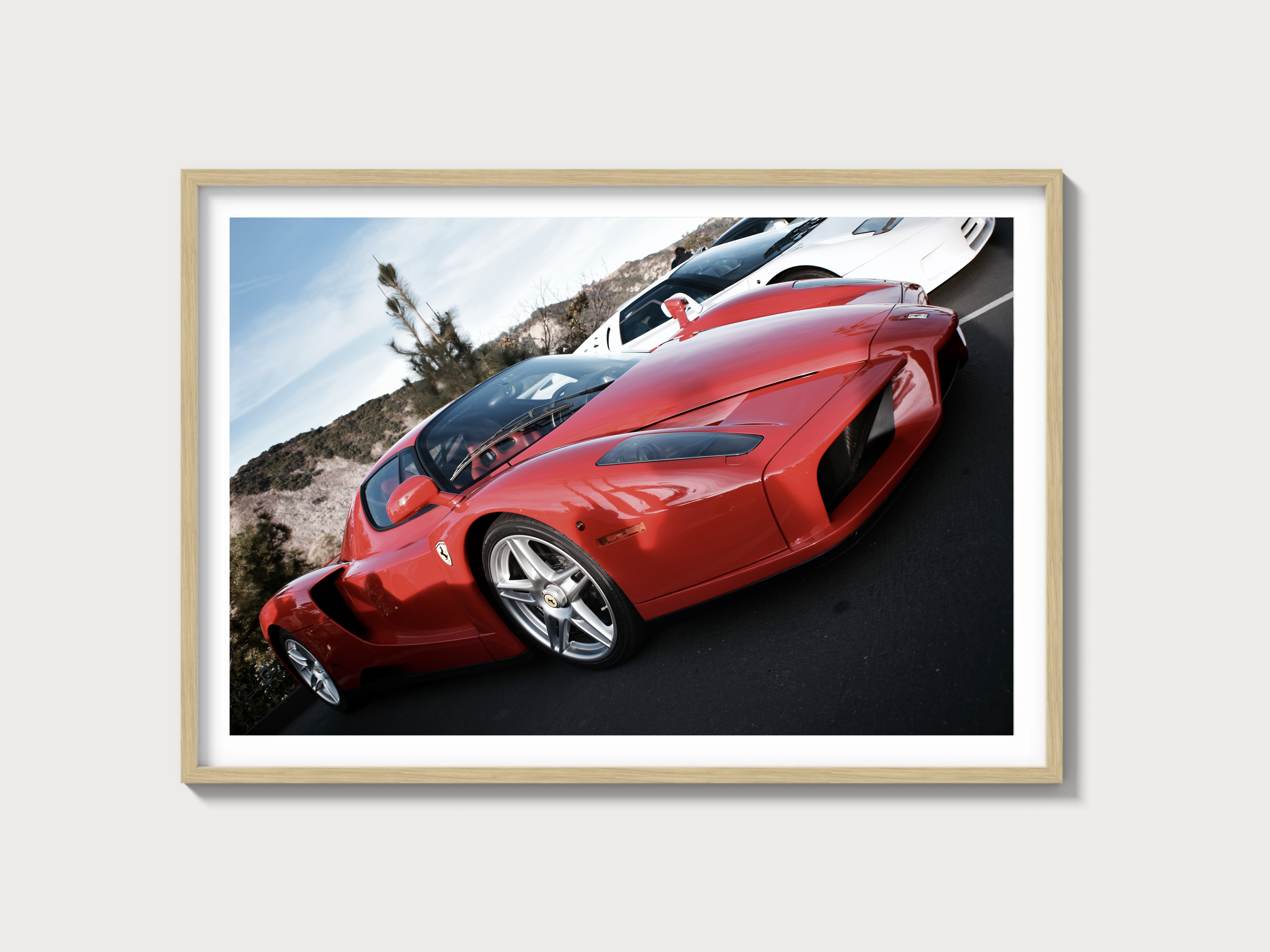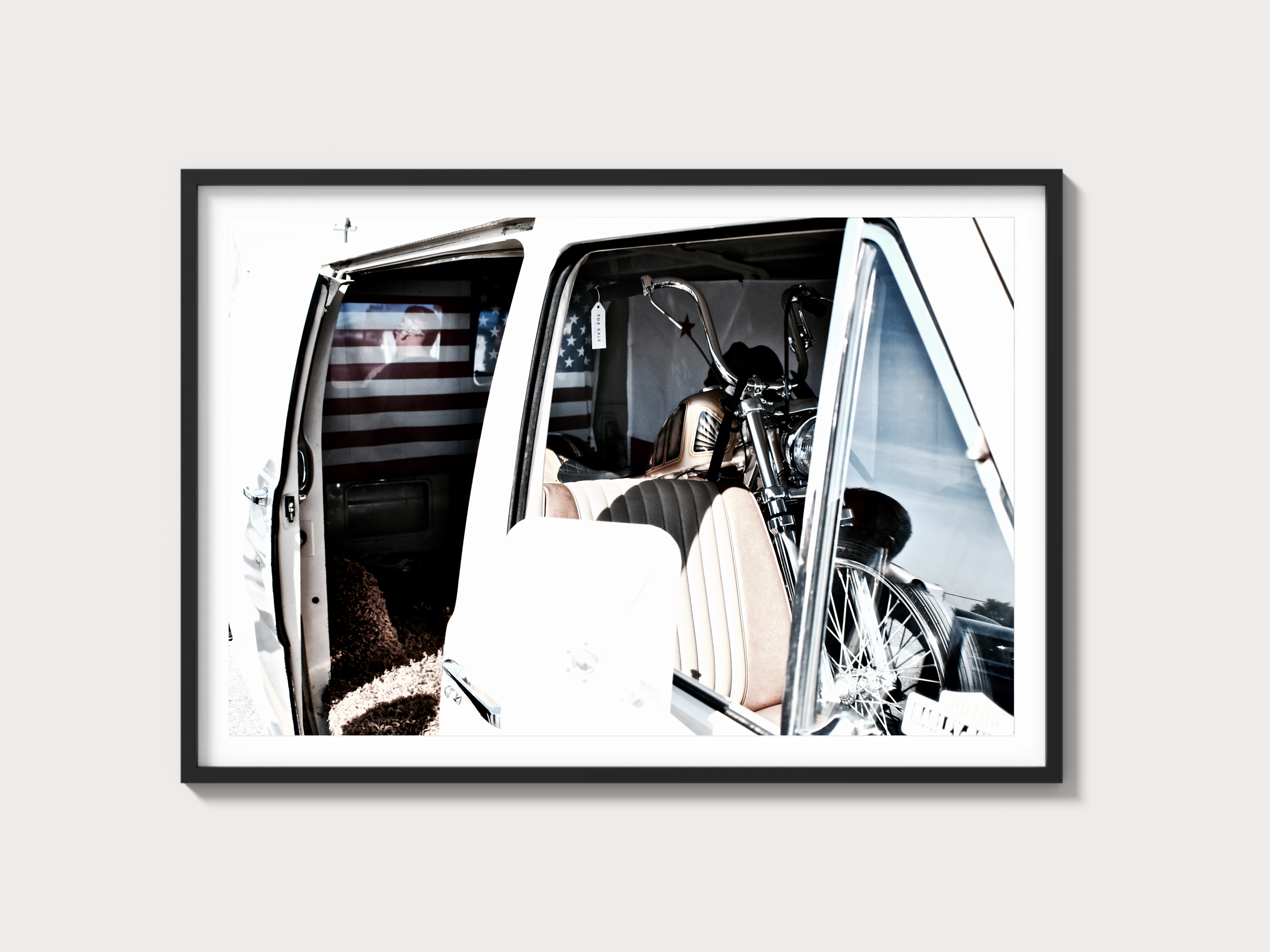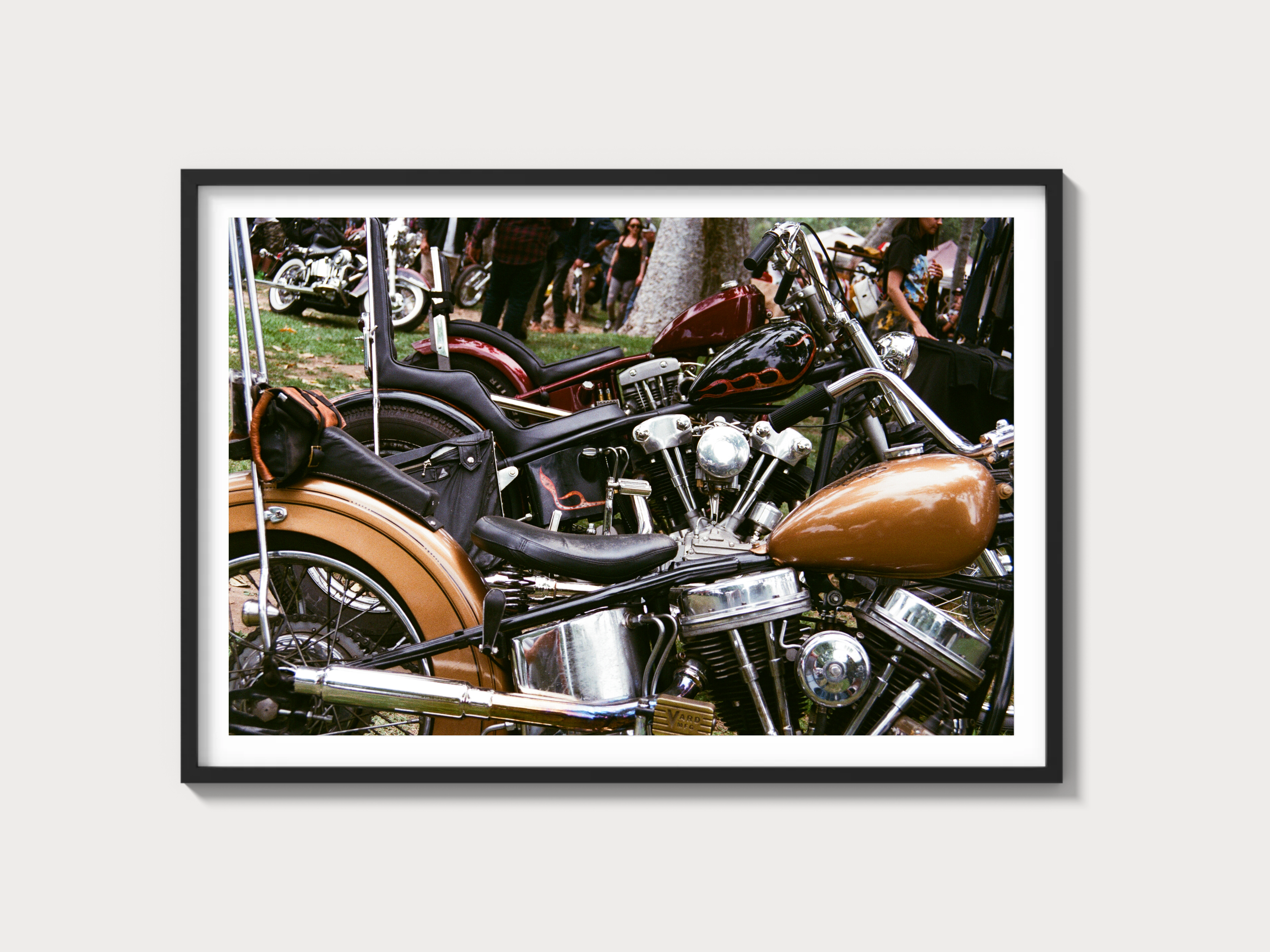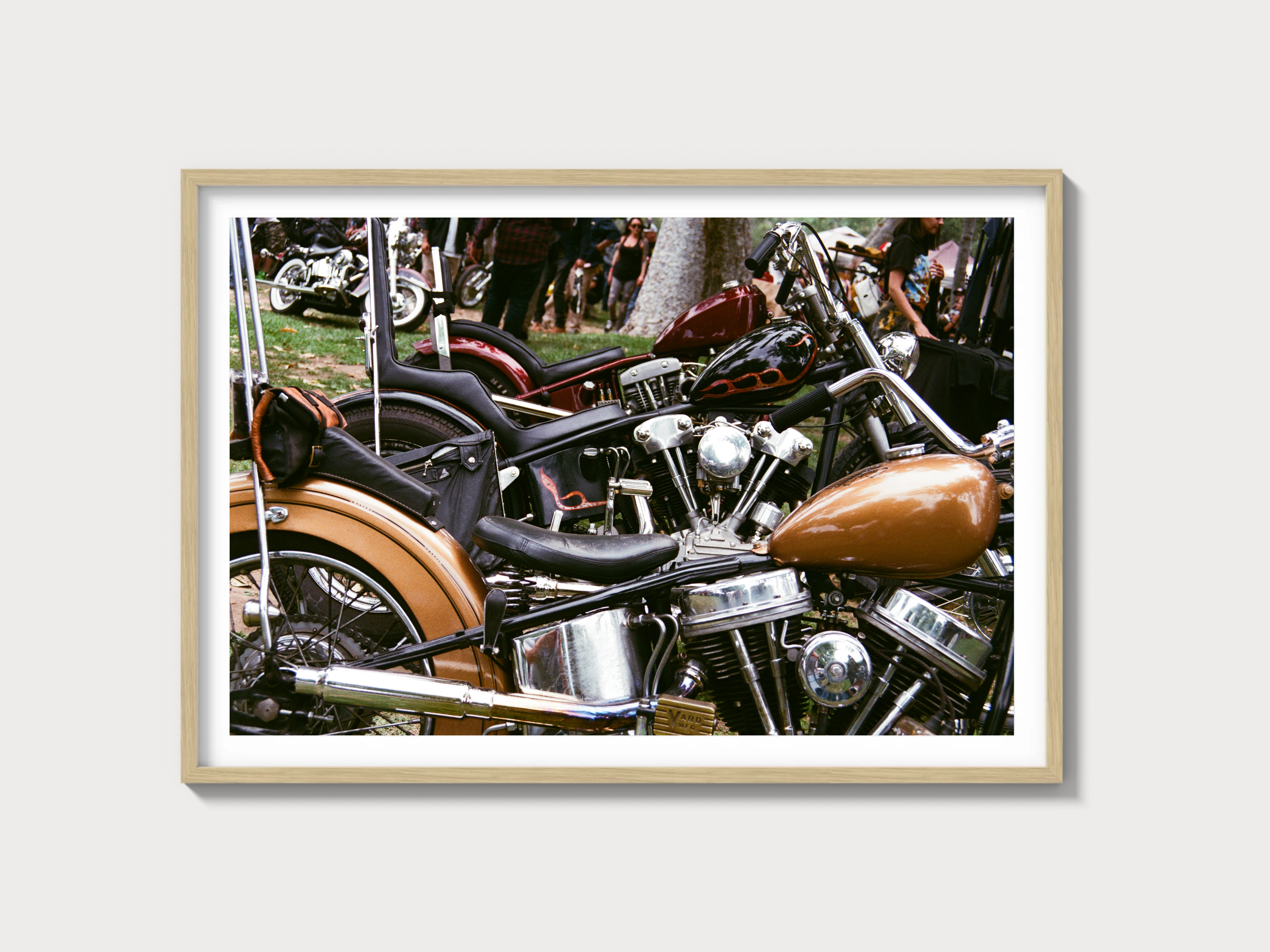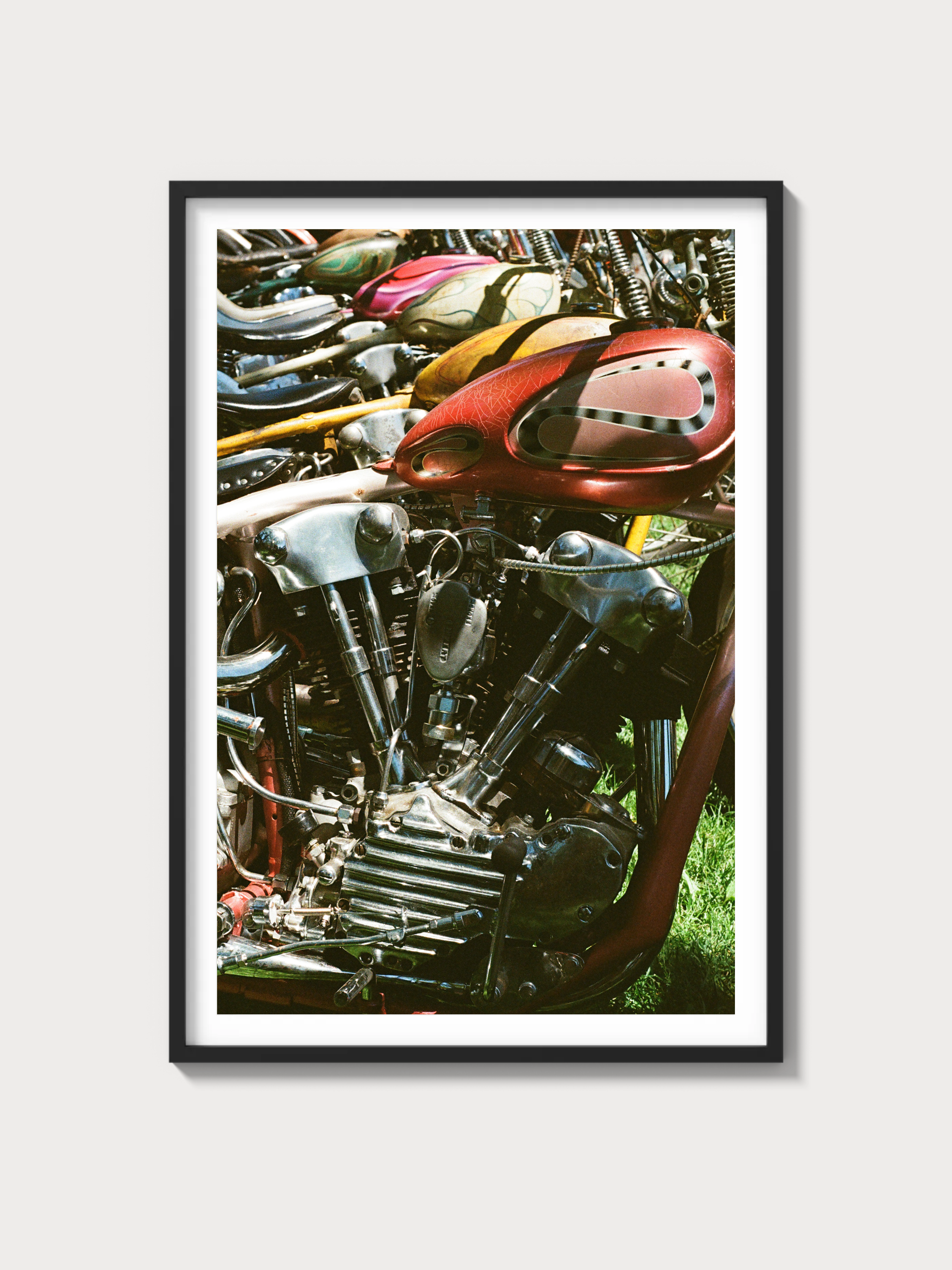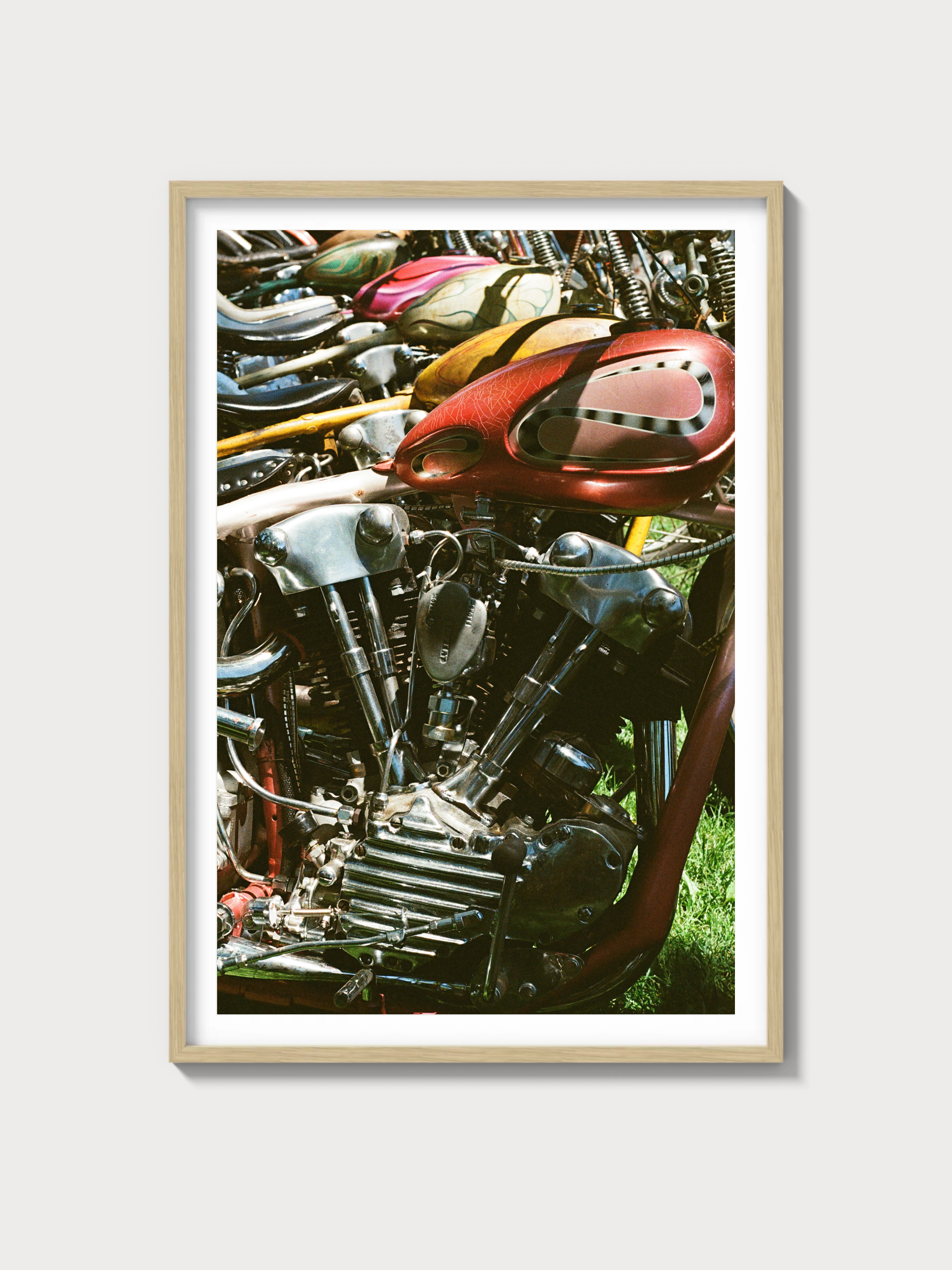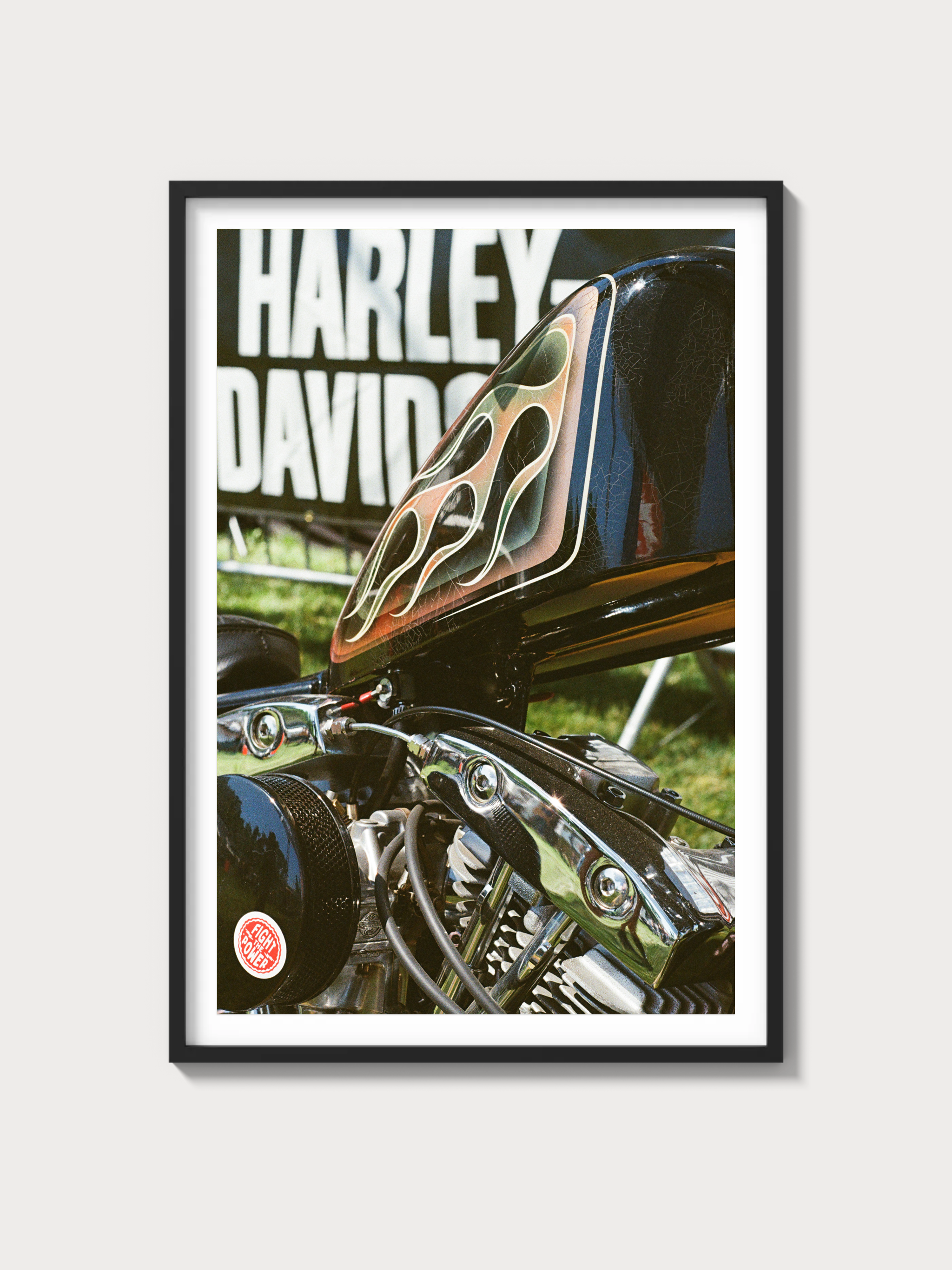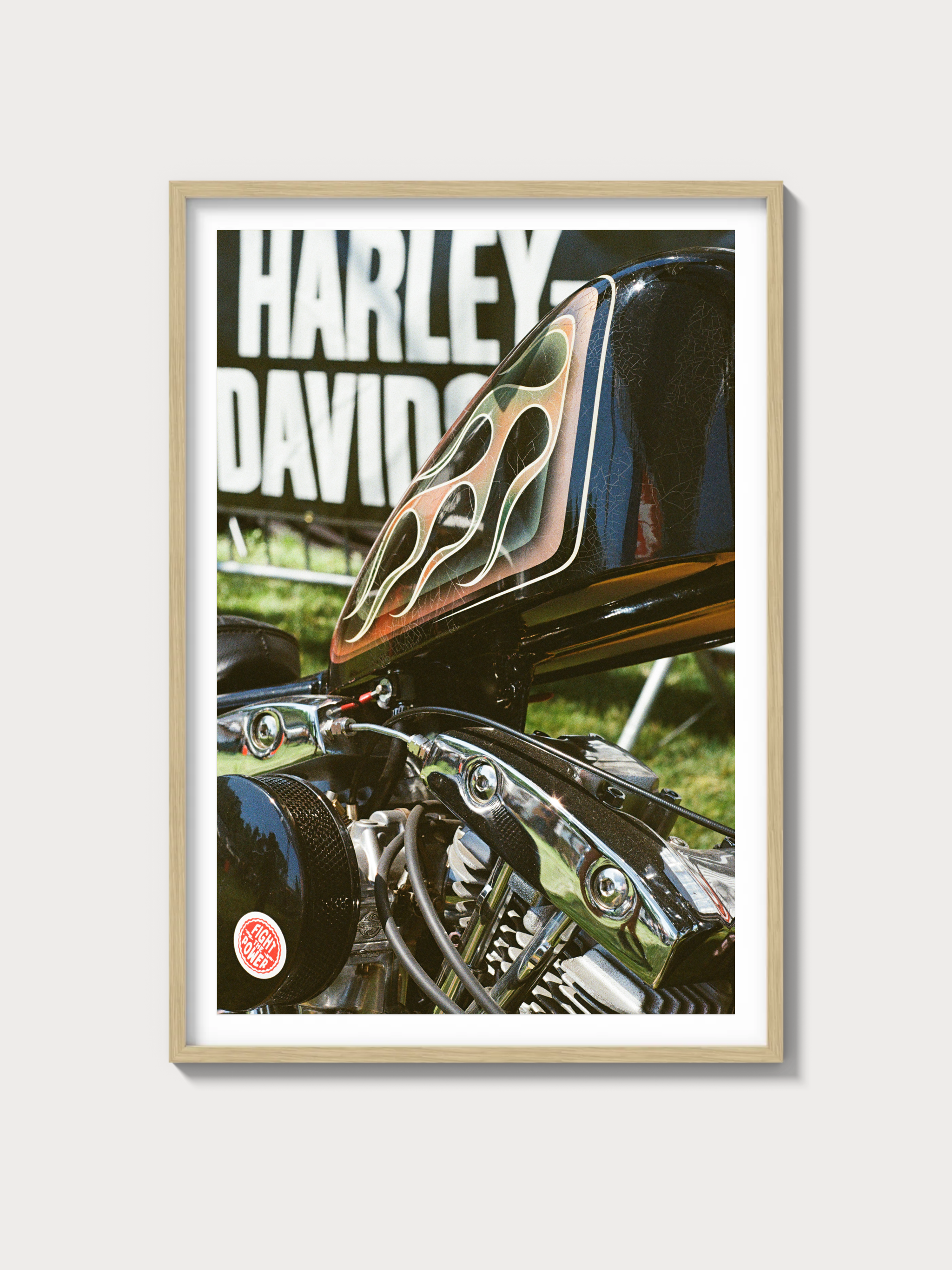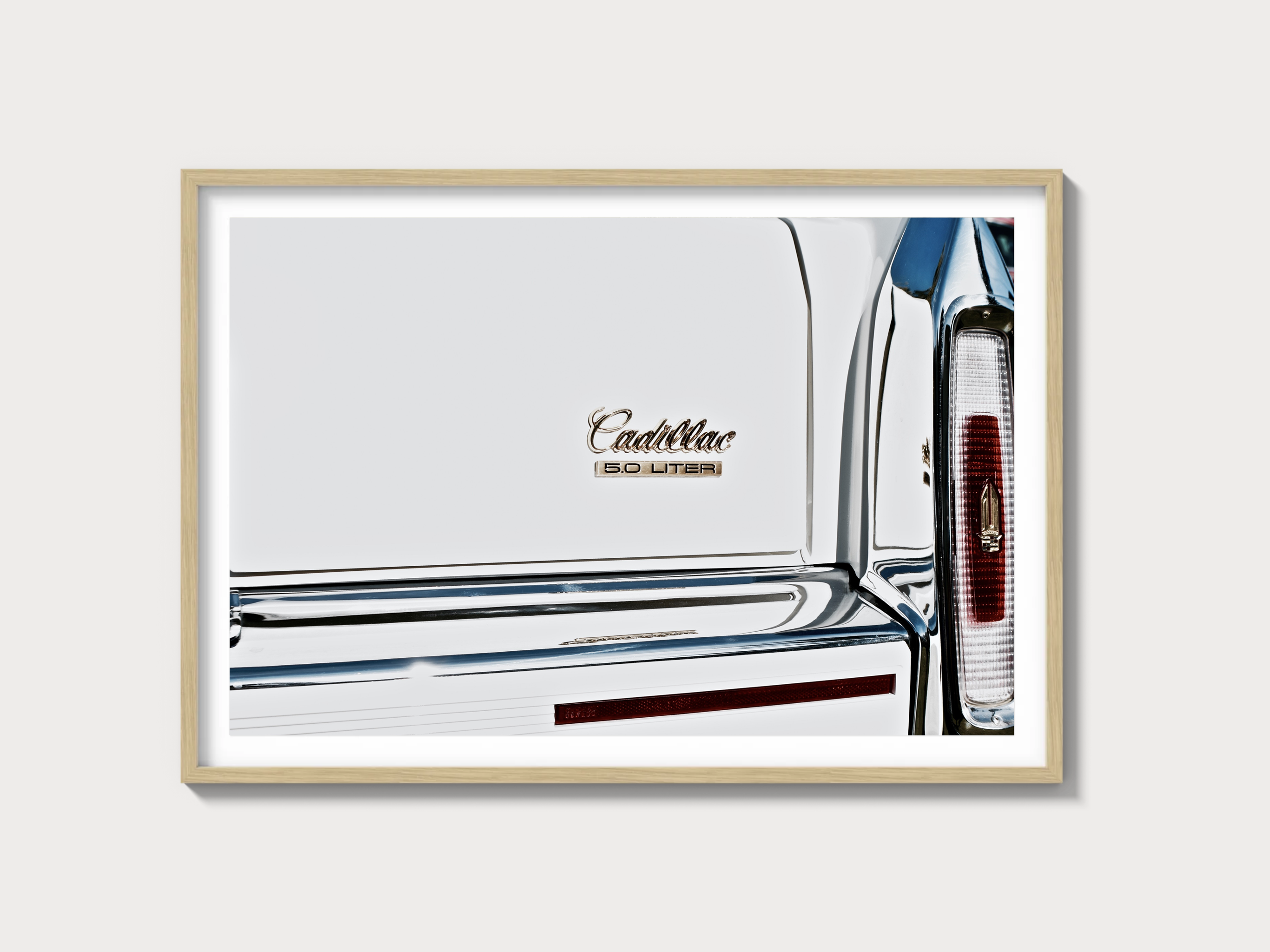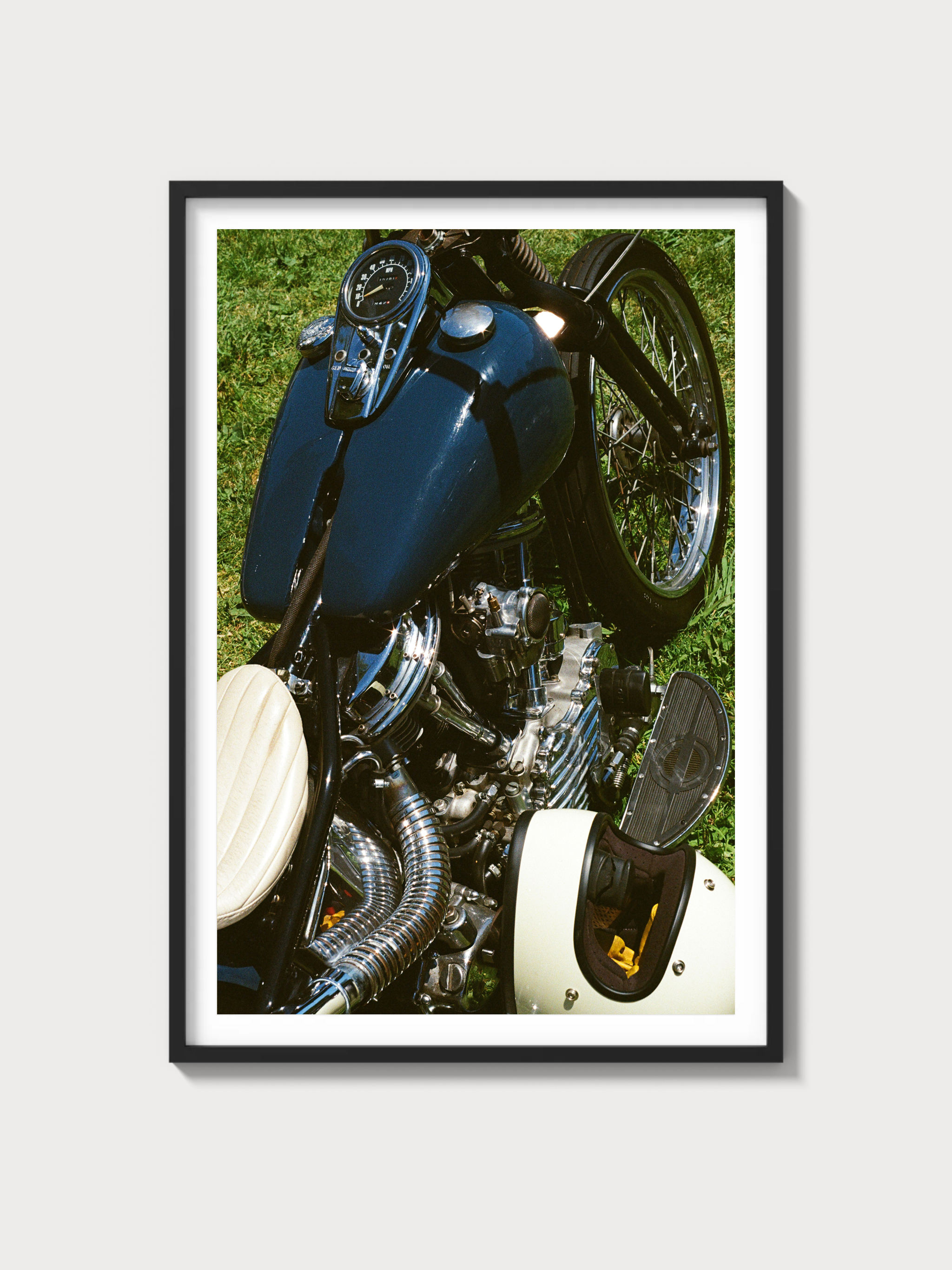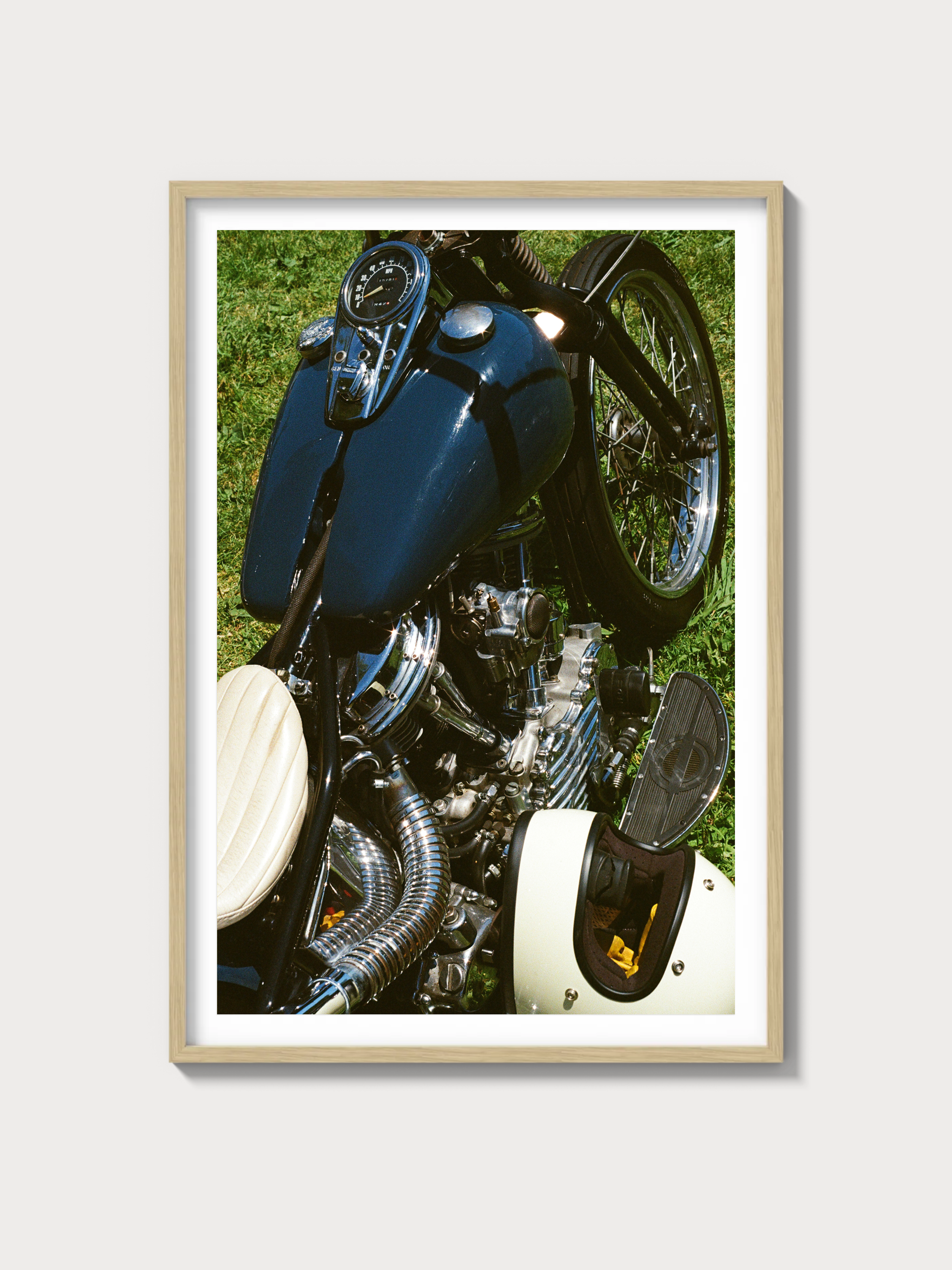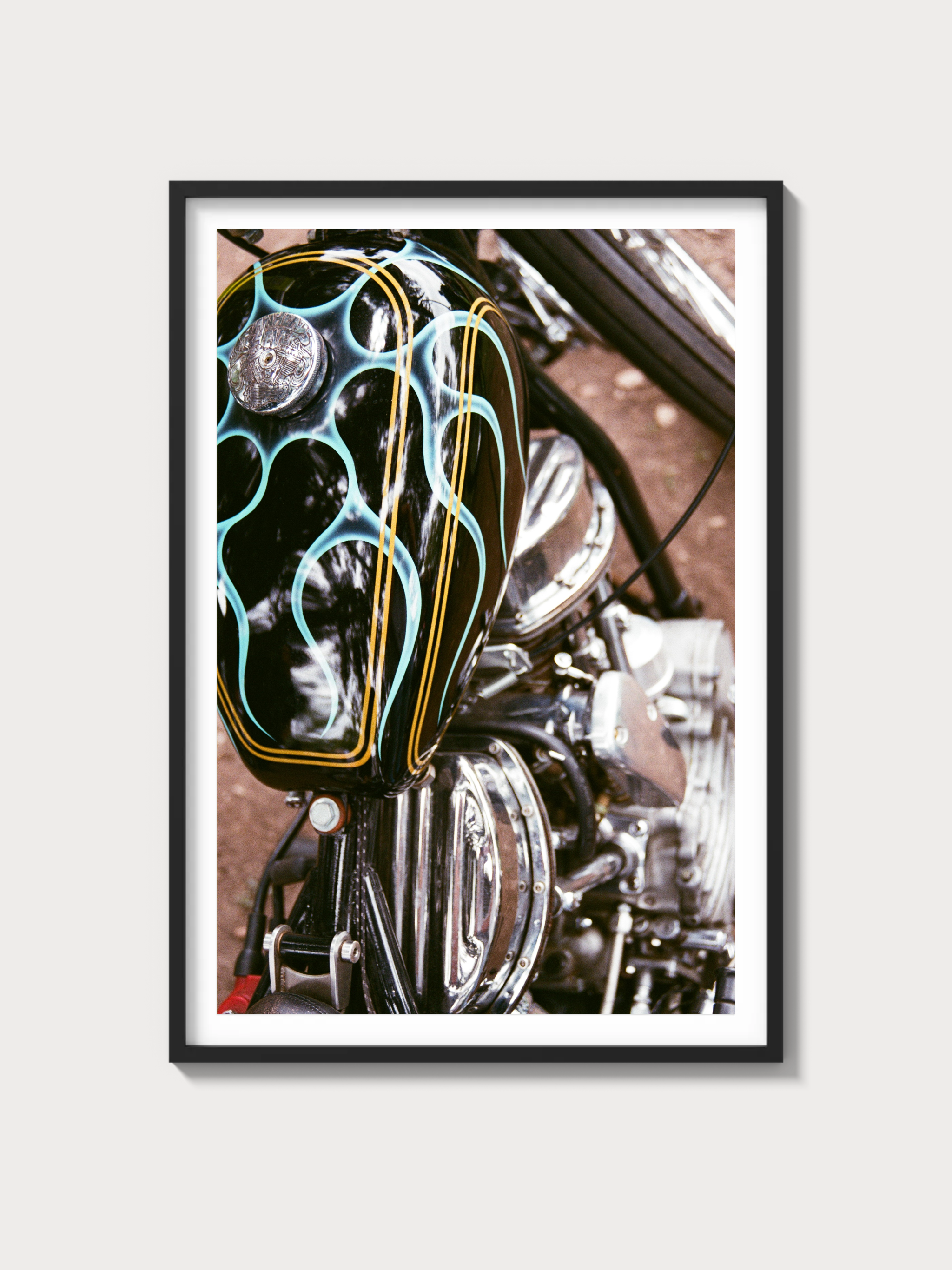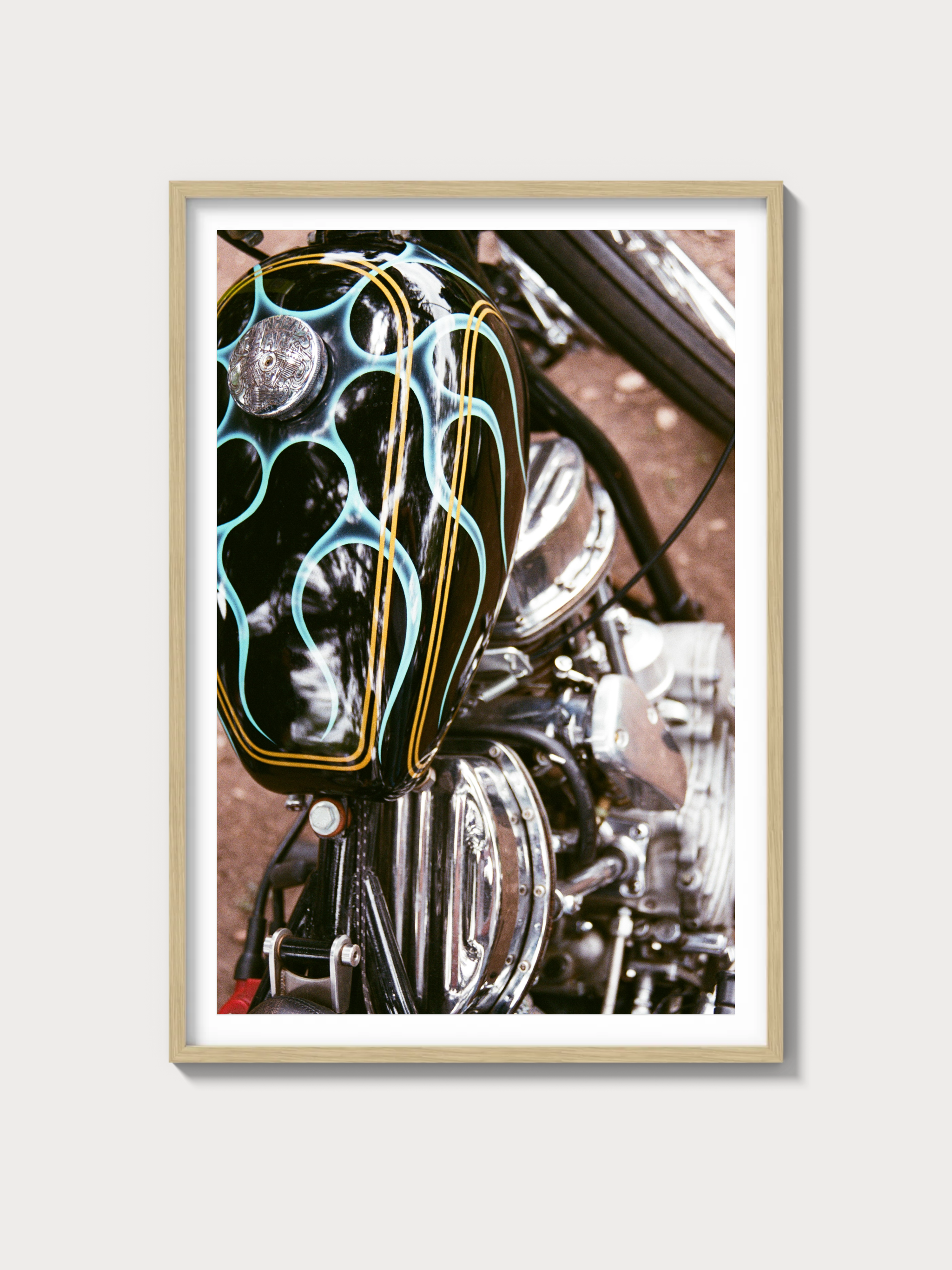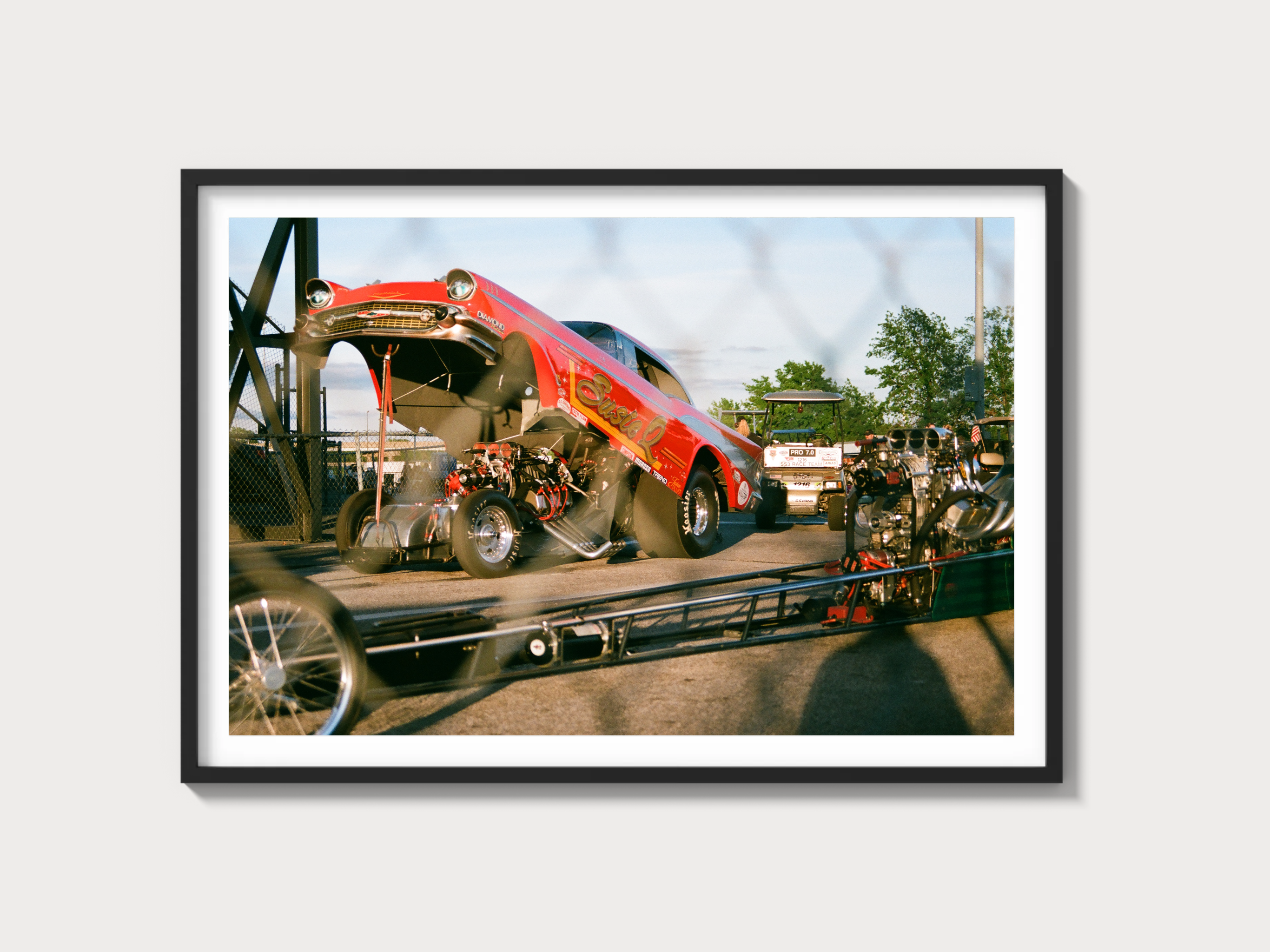2004–2012 Chevrolet Colorado Base (1st Gen GMT355): The Back-to-Basics American Compact Pickup
Historical Context and Development Background
Launched for the 2004 model year, the first-generation Chevrolet Colorado replaced the long-serving S-10 and shifted GM’s compact pickup program onto the GMT355 architecture. Co-developed with Isuzu and sharing core engineering with the global D-Max, the Colorado gave Chevrolet a cleaner-sheet platform with modern DOHC inline engines, improved crash structure, and a wider spread of body styles. U.S. production centered at Shreveport Assembly in Louisiana, with regular cab, extended cab, and crew cab variants to match the breadth of the outgoing S-10’s portfolio.
Design language was upright and functional rather than ornate: horizontal grille bars, squared wheel openings, and a purposeful stance. Inside, the Base trim was unequivocally work-first—vinyl flooring, manual windows and locks, and hard-wearing materials that tolerated fleet duty. The Colorado’s corporate siblings included the GMC Canyon and, via a heavily modified version of the platform, the Hummer H3. In the market, the Colorado targeted the Ford Ranger (last of the original compact lineage), Toyota Tacoma (new generation arrived for 2005), Nissan Frontier (D40 from 2005), and Dodge Dakota.
Motorsport wasn’t a headline priority for the Base trim, though the platform underpinned occasional privateer off-road efforts. The real arena was commercial and personal-use fleets, where purchase price, simplicity, and durability outweighed showroom theatrics.
Engines and Technical Specification
The Base trim arrived with GM’s Atlas inline-four, initially the 2.8-liter Vortec 2800, succeeded by the 2.9-liter Vortec 2900 after the mid-cycle update. Both are all-aluminum, chain-driven DOHC designs with four valves per cylinder and coil-on-plug ignition. A 5-speed manual (Aisin AR5) was standard on many Base configurations, with the 4-speed Hydra-Matic 4L60-E automatic optional; rear- or part-time four-wheel drive were available depending on cab and regional packaging.
| Engine | Configuration | Displacement | Horsepower | Torque | Induction | Redline | Fuel System | Compression | Bore x Stroke |
|---|---|---|---|---|---|---|---|---|---|
| Vortec 2800 (2004–2006) | Inline-4, DOHC, 16v, aluminum block/head | 2.8 L (2770 cc) | 175 hp @ 5,600 rpm | 185 lb·ft @ 2,800 rpm | Naturally aspirated | ~6,300 rpm | Sequential multi-port (SFI) | ~10.0:1 | 93.0 mm x 102.0 mm |
| Vortec 2900 (2007–2012) | Inline-4, DOHC, 16v, aluminum block/head | 2.9 L (2901 cc) | 185 hp @ 5,600 rpm | 190 lb·ft @ 2,800 rpm | Naturally aspirated | ~6,300 rpm | Sequential multi-port (SFI) | ~10.0:1 | 95.5 mm x 102.0 mm |
Chassis fundamentals were contemporary for the segment: a hydroformed ladder frame with an independent front suspension and a leaf-sprung live axle at the rear. Two-wheel-drive models use coil-over/short-long arm front geometry; four-wheel-drive models use torsion-bar front springs. Steering is rack-and-pinion across the line. Brakes are front discs with rear drums, with ABS widely available.
Driving Experience and Handling Dynamics
In Base trim, the Colorado is honest and unembellished. The Atlas inline-four is smoother than the older pushrod four it superseded, with a broad torque swell from low rpm that suits stop-and-go and light towing. The Aisin AR5 manual has a medium-length throw and a straightforward, truck-appropriate action; the 4L60-E automatic shifts early and unobtrusively when unladen.
Ride quality depends greatly on wheelbase and spring rate. Regular cabs in Base spec are the lightest and can feel choppier over small amplitude inputs when unladen; extended and crew cabs settle the ride. Steering effort is light with good on-center stability by compact pickup standards of the period. Body control is measured, with the rear axle compliant enough to avoid hop over rougher surfaces if tire pressures are set sensibly. The ZQ8 Sport Package (not part of Base, but available on related trims) sharpened turn-in and reduced roll with firmer dampers and a lower ride height, but the Base remains tuned for durability and payload.
Performance Specifications
Factory acceleration figures were not formally published for every configuration. The numbers below reflect representative ranges reported by period instrumented tests for four-cylinder, rear-drive, manual or automatic Base configurations. Actual results vary by cab, axle ratio, curb weight, and atmospheric conditions.
| Metric | Specification (Base I4, representative) |
|---|---|
| 0–60 mph | ~9.8–10.7 seconds (typical period results) |
| Quarter-mile | ~17.4–18.0 sec @ ~77–80 mph (typical period results) |
| Top speed | Not factory-published; commonly speed-limited by configuration |
| Layout | Front-engine; RWD or part-time 4WD |
| Curb weight | Approx. 3,200–4,000 lb (cab, bed, and driveline dependent) |
| Brakes | Front discs, rear drums; ABS widely available |
| Front suspension | Independent SLA; coil-over (2WD) or torsion-bar (4WD) |
| Rear suspension | Solid axle with leaf springs |
| Gearbox | 5-speed manual (Aisin AR5) or 4-speed automatic (Hydra-Matic 4L60-E) |
Variant Breakdown (Trims and Packages across the 1st Gen)
While this article focuses on the Base trim, the first-generation Colorado’s lineup included the following notable trims and packages. Production totals for specific trims/packages were not publicly broken out by GM.
| Trim / Package | Years Offered | Engine(s) | Key Differences | Production Numbers | Market Notes |
|---|---|---|---|---|---|
| Base (a.k.a. Work Truck in later materials) | 2004–2012 | 2.8L I4 (2004–2006), 2.9L I4 (2007–2012) | Vinyl floor, manual locks/windows, 15-in steel wheels, minimal trim, fleet-friendly specs | Not disclosed | Predominantly U.S./Canada fleet and entry retail |
| LS | 2004–various years | I4/I5 (market dependent) | Added convenience features, cloth upholstery, wheel covers/alloys | Not disclosed | Entry retail; broad mix of colors and cab styles |
| LT (1LT/2LT evolution) | Mid-2000s–2012 | I4/I5; later V8 available on some LT | Upgraded interior, alloys, audio, available Z71/ZQ8 content | Not disclosed | Core retail volume trim |
| Z71 Off-Road | Across 1st gen | I4/I5; later V8 with certain LT | Raised ride height, off-road shocks, skid plates, unique wheels/graphics | Not disclosed | Popular in snowbelt and light off-road markets |
| ZQ8 Sport Suspension | Select years | I4/I5 | Lowered stance, firmer shocks/springs, thicker anti-roll bars, larger wheels | Not disclosed | Street-oriented dynamics; visual cues and badges |
| V8 Option (5.3L) | Late 1st gen | 5.3L V8 (on select LT/Z71) | Significant power/towing increase, unique cooling/exhaust, badging | Not disclosed | Limited availability; not a Base trim feature |
Ownership Notes: Maintenance, Parts, and Restoration
- Engine longevity: The Atlas I4 uses a timing chain (no scheduled replacement). Regular oil service and coolant changes are essential; the design tolerates mileage well when maintained.
- Known issues (early years): Certain 2004–2006 vehicles experienced cylinder head concerns (misfire/rough idle; widely documented and subject to extended coverage in-period). Inspect service history for head replacement or related repairs.
- Electrical and ancillaries: Common age-related items include blower motor resistors, fuel level sending units, and 4WD selector switch faults on part-time systems. ABS wheel-speed sensor and rear drum hardware wear are typical truck maintenance items.
- Chassis and rust: Inspect frame rails, crossmembers, and bed mounts—particularly in road-salt regions. Brake lines and fuel lines should be checked for corrosion.
- Transmission service: The 4L60-E benefits from periodic fluid/filter service, especially with towing or urban duty. The Aisin AR5 manual is generally robust; verify clutch take-up and synchro health on test drives.
- Parts availability: Excellent. Shared GM components and long production mean strong aftermarket and salvage channel support, with straightforward serviceability.
- Service intervals (typical GM guidance of the era): Iridium spark plugs at extended intervals, Dex-Cool coolant on a long-life schedule, differential and transfer-case fluids per severe-duty schedules when applicable.
- Restoration difficulty: Low-to-moderate. Interiors are utilitarian and easy to refurbish; body and frame work depend on corrosion exposure. Mechanical access is generally uncomplicated.
Cultural Relevance and Market Perspective
The first-gen Colorado Base is emblematic of practical American pickup sensibilities in the 2000s: sized right for urban parking, rugged enough for weekend jobs, and affordable to buy and keep. It populated municipal fleets, utilities, and small businesses, carving a niche beneath the full-size Silverado while offering more modern powertrains than its S-10 predecessor.
Collector desirability centers on originality, low miles, and clean bodies in rust-prone regions. While not a headline collectible, tidy Base trucks with manual transmissions and documented service histories have a small but loyal following among enthusiasts who value simple, analog trucks. At generalist auctions and dealer lanes, values typically reflect work-truck status, with condition, cab configuration, and drivetrain driving the spread; clean, low-mile examples command a noticeable premium over high-mile fleet survivors.
FAQs
What engines did the 2004–2012 Colorado Base use?
Primarily the Atlas 2.8L inline-four (2004–2006) rated at 175 hp and 185 lb·ft, and the updated 2.9L inline-four (2007–2012) rated at 185 hp and 190 lb·ft.
Does the Base have a timing belt?
No. The Atlas inline-four uses a timing chain.
Which transmissions were available on the Base?
A 5-speed manual (Aisin AR5) and a 4-speed automatic (Hydra-Matic 4L60-E), depending on year and configuration.
How reliable is the Atlas four-cylinder?
With routine maintenance it is generally durable. Be aware of well-documented cylinder head concerns on some early (2004–2006) engines; many were repaired under extended coverage in-period. As with any truck of this age, cooling, ignition, and fuel system maintenance history matters.
What suspension does the first-gen Colorado use?
Independent short/long arm front suspension (coil-over springs on 2WD; torsion bars on 4WD) with a leaf-sprung solid rear axle.
Are performance figures published for the Base?
Chevrolet did not publish comprehensive acceleration data for every configuration. Period tests of four-cylinder, rear-drive Base models typically recorded 0–60 mph in the 10-second range.
What are common issues to check on a used Colorado Base?
Look for early-cylinder-head repair documentation (2004–2006), proper transmission servicing (especially 4L60-E), functional 4WD engagement where applicable, working fuel gauge (sender), HVAC blower speeds (resistor), and underbody corrosion in snowbelt trucks.
Is the Base trim worth seeking over higher trims?
If you value simplicity, ease of maintenance, and lower purchase price, yes. If you want additional comfort, taller gearing options, or specialized suspension (Z71/ZQ8), higher trims may be preferable.
What is the typical curb weight?
Approximately 3,200–4,000 pounds depending on cab style, drivetrain, and equipment.




